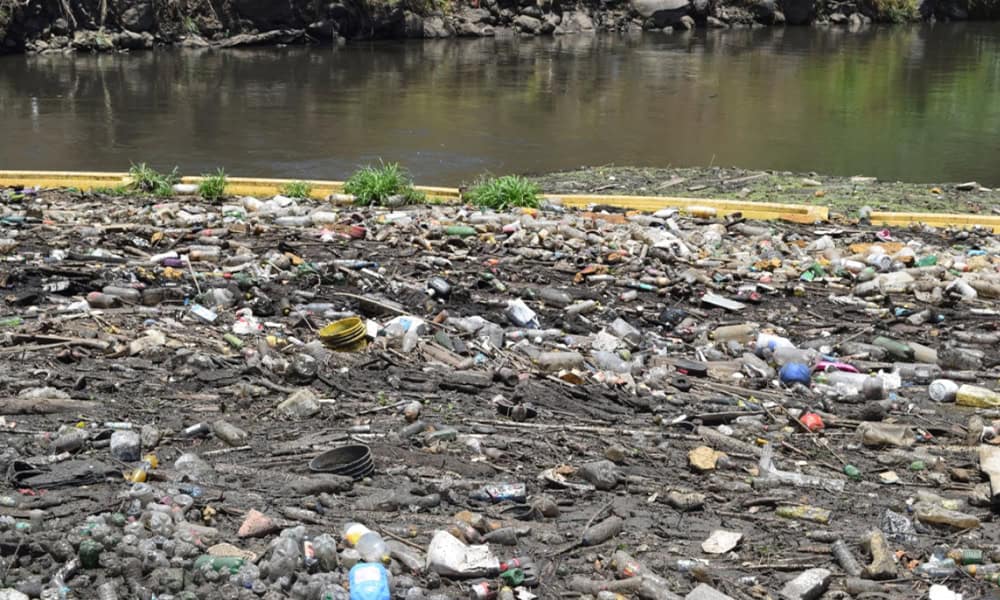One ton of plastic waste was recovered from the Virilla River. Since the installation of the floating waste collection fence, another ton of plastic waste has been prevented from reaching the sea.
It is estimated that the Virilla River captures up to 80% of the floating waste from the water bodies of the Greater Metropolitan Area. These achievements result from partnerships with actors committed to environmental conservation in their respective areas.
“Plastic Free Landscapes exemplifies the implementation of Goal 17: Partnerships to achieve the objectives of the SDGs in the 2030 Agenda. This effective intervention has significantly reduced pollution in one of the country’s most contaminated rivers, thereby protecting our Pacific coast,” said José Vicente Troya Rodríguez, UNDP Resident Representative in Costa Rica.
This initiative is made possible through collaboration with CRDC PEDREGAL, Canal 7, Delfino CR, OneSea, the Transition to an Urban Green Economy project, OTS, Consumo 180, and UNDP.
Floating fences are strategically placed at highly polluted points in rivers to intercept significant amounts of plastic waste, with collection rates increasing during the rainy season. Designed to minimize impact on aquatic life, these barriers also enhance downstream river conditions, representing a sustainable investment that improves the health of vital waterways over time.
“We’ve prevented a ton of plastic waste from reaching the sea through our fence capture. However, our commitment extends further. This waste, which could have polluted rivers or landfills, is transformed into RESIN8, a synthetic sand used in construction, offering a long-term, sustainable solution,” commented David Zamora, Commercial Director of CRDC-PEDREGAL.
According to the leaders of the project, replicating these efforts at identified pollution hotspots would positively impact national ecosystems and marine well-being. The recovery of one ton of waste by the Virilla River fence serves as a call to action for industry, commerce, government institutions, local governments, academia, civil society, and the general population.
“Our reality indicates that waste leaks into the environment, partly due to inadequate waste management in our homes, as well as the lack of proper infrastructure and equipment for recovery, recycling, and final disposal,” suggested Juan Carlos Piñar, coordinator of the Plastic-free Landscapes Project.






